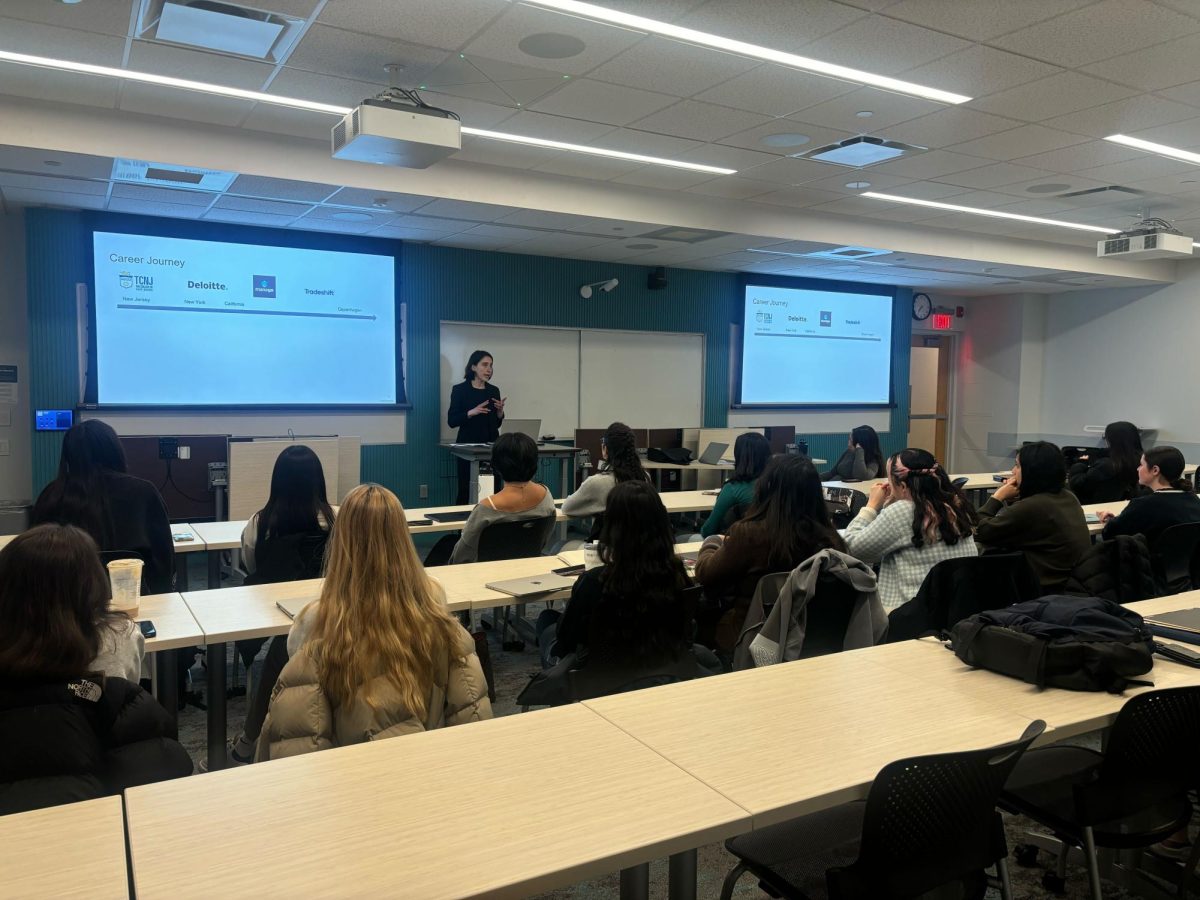By Brad Rosenberg
Many students, tired of academia, often long to ditch their banal surroundings and escape to lands of whimsy, excitement, and exotic alcohol. However, they are often held back by their lack of funds. Trips to foreign countries generally mean flights, and to afford plane tickets, one might have to sell an organ or three.
Luckily for the frugal wanderer, the United States offers a great deal of traveling opportunties. without the hassel of passports, vaccinations, and malaria pills.
Flying in the U. S. is considerably cheaper, but it can still put a dent in your checkbook. If you insist on using a plane, order your tickets at least 14 days in advance. The sooner the better. Some airlines give discounts for early purchases. Try to avoid booking your flight on Monday or Friday, generally the most expensive days for travel. Flights on Tuesday, Wednesday, and Thursday often have the cheapest airfare.
Shop smartly by comparing prices online at sites like Skyauction.com and Orbitz.com. Here, being open has certain advantages. While purchasing, never specify a preferred departure time, as certain flight times are more expensive than others.
If time is of the essence, then flying might be the best choice. But to truly experience the country, buses, trains, and automobiles are probably your best bet. Plus they are considerably cheaper.
Travel by train is often over-looked because they seem outdated. But don’t underestimate them. In addition to being inexpensive, trains provide riders with some of the greatest scenic rides in the country. Amtrak has new high speed trains that can get you from one destination to the next in the matter of hours. Check fare prices at amtrak.com.
Buses are also easy on the wallet. Greyhound will bring a Boston student to Providence for $15, and to New York for only $20. Plus they have special discounts for students.
While traveling by car costs more due to gas, the actual experience cannot compare to any other form of travel. The personal nature of traveling certainly has its advantages. You can bring more material possessions along, such as a cooler of food, a sleeping bag, or a tent. These items can balance out the extra cost of gas, especially if you eat your own food in lieu of paying for meals.
Dining out adds up, so stock up on travel friendly fare to feed yourself with during the first few days of your adventure. Bring snacks that won’t spoil, like dried fruit, crackers, or jerky.
Circumvent lodging costs by camping outdoors instead.
But if you insist on sleeping in a bed, (with an indoor bathroom), motels are prime stops for the thrifty tourist. AAA has discounts for members, and locations approved under their name are generally clean and well managed. But for hotel or motel alike you need to shop around ahead of time. Websites like hotelscheap.org have listings. If you have a destination in mind, the tourist sites for that state provide various other suggestions.
Try to get a room with a kitchen or microwave so you can cook your own meals. Ask at the front desk for discounts. Sometimes just by inquiring you can save on prices. Finally, wherever you stay, board further away from big attractions and tourist areas. You can commute to wherever you want to go and save large amounts of cash.
With this guide, fulfilling your inner nomad should come as easily to under-funded college students as cooking ramen noodles. Just remember that wherever you go in the world, one thing is for sure: there will be at least eight Starbucks coffeehouses when you get there.








